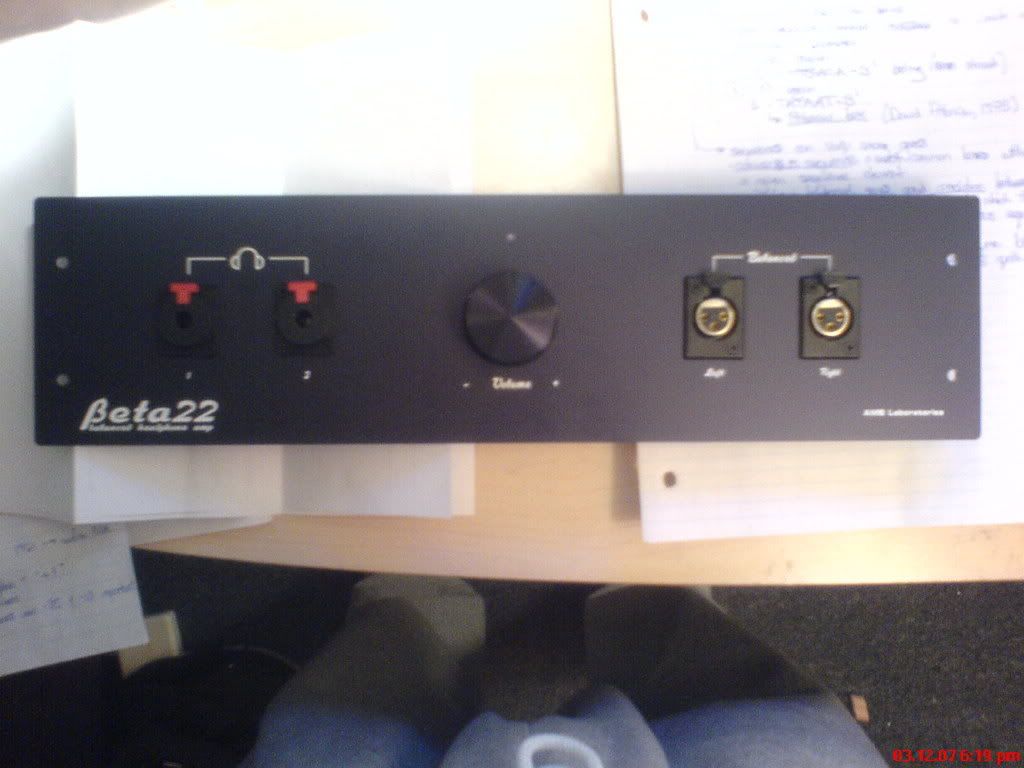MrMajestic2
1000+ Head-Fier
- Joined
- May 11, 2006
- Posts
- 1,104
- Likes
- 12
Just found out from Twisted Pear that the JT does take DC if its less than 35V. Although the heatsink will get very hot when running that high. They recommend 5-12V. I will probably go external transformer anyway though.
Quote:
Quote:
| Originally Posted by amb /img/forum/go_quote.gif Looks like Joshua Tree has its own onboard rectifers and voltage regulator, and wants a 9V-15VAC single secondary transformer, not a DC power supply. Tapping off the σ22 won't be feasible. The Joshua Tree's current consumption is (200mA + (n * 150mA)) where n is the number of relay boards used (2 for balanced), so it's 0.5A in your case. Giving some headroom says you should use at least a 10VA transformer. As in any power transformer, you should place it well away from the β22 boards and the Joshua Tree relay boards to minimize magnetic field interference. |



























